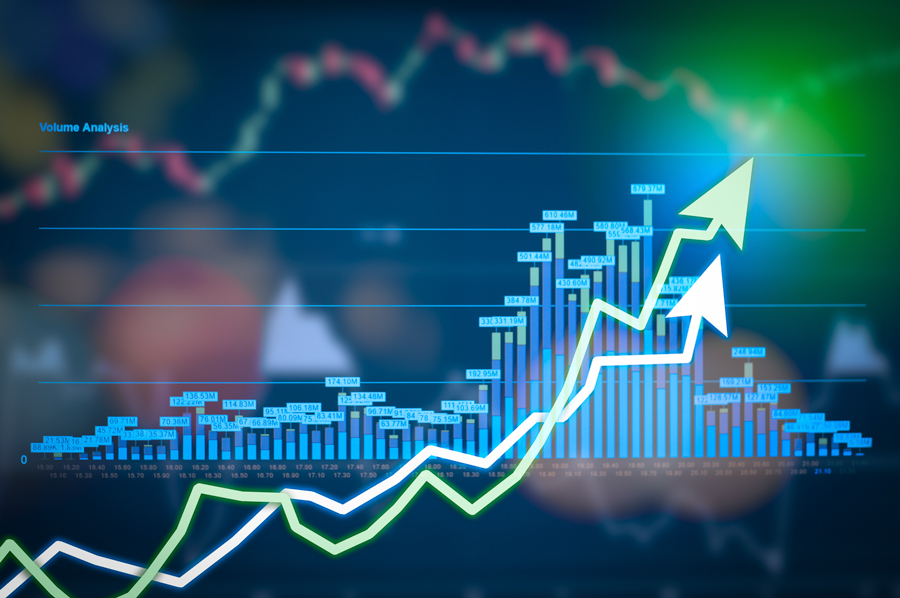Recent global and domestic economic shifts have left a profound impact on industries, markets, and financial systems. As economies adjust to both internal and external pressures, understanding the economic impact of these changes becomes crucial for businesses, governments, and consumers alike. This article provides a comprehensive analysis of the major factors influencing the economy today and looks ahead to the potential implications for future growth.
Key Economic Shifts and Their Impact
The current economic environment has been shaped by several key factors, including inflationary pressures, supply chain disruptions, and the global economic slowdown. These challenges have significantly affected both consumer confidence and business operations, leading to slowdowns in several sectors.
One of the primary impacts has been on inflation, which has escalated in many parts of the world due to rising commodity prices and supply bottlenecks. This surge in inflation has forced central banks to raise interest rates, which in turn has led to increased borrowing costs for businesses and consumers. As a result, economic growth has slowed in many countries, with businesses facing higher operational costs and tighter profit margins.
Additionally, the uncertainty surrounding global trade has had a ripple effect on economies, especially in emerging markets. Countries dependent on exports and imports have found it increasingly difficult to maintain trade balances, affecting everything from manufacturing to retail industries.
The Influence of Inflation on Economic Growth
Inflation has become one of the most significant contributors to the current economic turmoil. As inflation continues to rise, purchasing power is eroded, leading to decreased consumer spending. This has resulted in a contraction in demand for non-essential goods and services, affecting both the retail and manufacturing sectors.
For businesses, the challenge lies in managing the impact of higher production costs, which are passed on to consumers in the form of higher prices. This creates a vicious cycle, where higher prices lead to reduced demand, further slowing economic growth. Governments and policymakers are now tasked with finding a balance between managing inflation and fostering conditions for sustainable growth.
The interest rate hikes in response to inflation have had a ripple effect across financial markets, leading to increased volatility. Investment portfolios are under pressure, and businesses are being forced to reconsider their expansion plans due to the rising cost of capital.
Sectoral Impact: Key Industries Affected
Several sectors have been more vulnerable to the economic changes than others. The energy sector, for instance, has seen significant fluctuations in prices, impacting both production costs and energy consumption patterns. The agriculture industry has also been hit hard, especially in countries dependent on agricultural exports, due to rising input costs and adverse climate conditions that have affected harvests.
Meanwhile, the technology sector continues to experience rapid growth, though it is not immune to the broader economic trends. Supply chain issues, coupled with labor shortages, have caused delays in production, impacting everything from consumer electronics to cloud computing services. On the other hand, the financial sector has been navigating the effects of market instability, with investors looking for safer havens amidst economic uncertainty.
Government Response and Economic Reforms
Governments across the world have been implementing various economic reforms to address the current challenges. Measures such as fiscal stimulus packages, targeted relief for affected sectors, and financial support for small businesses have been introduced to mitigate the impact of economic slowdowns.
However, these reforms are not without challenges. While financial support can provide temporary relief, long-term solutions require structural changes in the way economies function. There is a growing emphasis on digital transformation, green energy initiatives, and education reforms to promote long-term, sustainable economic growth.
Some governments have also focused on trade diversification, looking to reduce reliance on any single market or trading partner. By fostering stronger trade ties with emerging markets and investing in domestic industries, they aim to create a more resilient economic structure that can withstand future shocks.
Looking Ahead: The Future of the Economy
The outlook for the future of the economy is mixed. While challenges remain, such as economic volatility, supply chain disruptions, and geopolitical instability, there are signs of recovery. Experts predict that once inflation stabilizes and supply chains return to normal, we may see a period of sustained growth.
The focus now is on economic diversification and the development of new industries, particularly those focused on technology and sustainability. Governments and businesses that adapt to these changes will likely be the ones that emerge stronger from the current economic turbulence.
Moreover, the increasing shift towards remote work, digital economy expansion, and sustainability practices offers an opportunity for economies to reinvent themselves. These trends not only promise to drive growth but also to foster a more inclusive and sustainable economic system for the future.
Conclusion
The economic impact of recent developments continues to shape the financial landscape, affecting industries, consumers, and governments alike. While inflation, supply chain disruptions, and global economic shifts have created challenges, the focus on economic recovery and structural reforms offers hope for long-term growth. As we look ahead, the adoption of digital technologies, green initiatives, and trade diversification will be essential to creating a more resilient and sustainable global economy.
Stakeholders across all sectors must continue to adapt to these changing conditions to ensure that they remain competitive and well-positioned for the future.



Comments (0)
No comments yet. Be the first to comment!
Leave a Comment